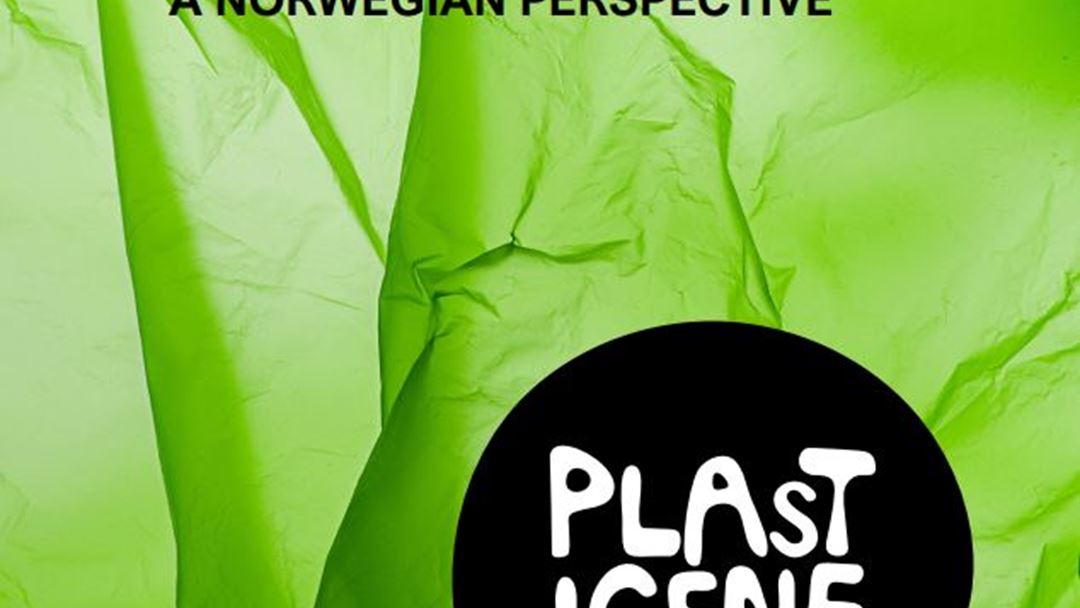Governance report
Plastic pollution has become one of the most significant environmental and societal challenges we face today, in which excessive production and reliance on single-use and disposable plastics have resulted in widespread environmental degradation.

Plastic causes pollution at every stage of its lifecycle. Yet, the production and use of single-use and disposable plastics continue to increase, adding difficulty to promote proper handling and recycling of the material. The need to adress the issue requires a comprehensive understanding of the existing regulations and their limitations, aimed at increasing awareness and information about the consequences of plastic pollution. In our report “The Regulatory Landscape of Plastic Governance: A Norwegian Perspective”, we aim to shed light on the current collection of regulations and emphasize the importance of filling the gaps within them to effectively tackle plastic pollution.
Our report provides a comprehensive overview of the various levels of the hierarchical plastic governance in Norway, from the global to the local level. The mapping indicates a fragmented and complex regulatory landscape for plastic governance, both in Norway and globally, drawing attention to the multiple layers of overlapping initiatives aimed at reducing plastic waste and promoting circularity. By addressing the top-down regulation structure, we provide clarity to the hierarchical structure of the Norwegian plastic governance while additionally touching up on the various levels of the plastic lifecycle. This enables us to analyze the important implementors of nationally defined policies around plastics.
On a global level, we draw attention to the ongoing growth of the field of global governance. Our report focuses on essential institutions and agreements that shape global environmental governance, while simultaneously including Norway’s substantial contribution. Through our findings, we adress the significant role Norway has played in tackling this pressing issue. To further shine light on the interlinks between global regulations and the Norwegian requirements, we deep dive into the regulatory landscape of regional regulations. Our aim is to clarify how the Norwegian law requirements, among other things, are highly influenced by the EU regulations.
Furthermore, understanding existing regulations at the national and local levels is crucial to identifying best practices and overcoming implementation barriers. Waste regulation in Norway includes the promotion of separation and sorting, as well as incentives that require producers to take responsibility for waste. Simultaneously, our findings indicate a need for improved sorting systems in the Norwegian municipalities to ensure more efficient handling of plastic waste. Municipalities play a significant role in implementing national plastic policies.
Despite having mapped the current regulatory landscape of plastic governance, particularly from a Norwegian perspective, we have also discovered that there still is a progress to be made. Amongst others, implementing more regulation at the production phase of the plastics life cycle, e.g., incentives for better product design and taxing virgin plastics, is crucial to effectively address the pressing issue of global plastic waste. As a next part, our project will thus work on developing a list of actions and assessing their effectiveness to inform stakeholders about the various plastic policies.
If you are interested in deep diving into the regulatory landscape of plastic governance, our report is available here.
Written by Deliotte.
